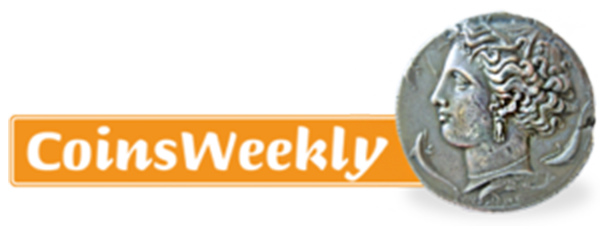November 15, 2012 – The idea of linking the dollar’s value to the price of gold has cropped up in the 2012 election cycle but will be short lived, predicts Terry Hanlon, president of dealers Dillon Gage Metals in Dallas. Several early Republican candidates said they support the gold standard as a way to keep the government from borrowing too much and running up an even bigger federal deficit.
Though no countries back their currencies with gold today, the U.S. and other nations have done so in the past, Hanlon notes. The U.S. got off the gold standard in 1933 but allowed foreign governments to exchange dollars for gold until 1971 – when President Richard Nixon ended the practice to keep gold reserves from being depleted.
After that, gold prices surged in the mid-to-late 1970s and reached $900 an ounce. Prices set back from there, but have since rebounded to a record $1,895 in 2011. “That doubling in price in a little more than 30 years was partly because of the U.S. severance with the gold standard,” Hanlon says. “Another factor was a doubling in the world’s population so that more people were chasing a limited quantity of metals and all commodities, driving up prices.”
In 1981, the Republican Party revisited the gold standard when Ronald Reagan launched a commission that considered returning to it. The commission nixed the idea, however. And in a University of Chicago poll conducted in January 2012, none of the 40 economists surveyed supported a return to gold. Neither President Obama nor Mitt Romney favor backing the greenback with gold.
What happened when the U.S. was on the gold standard? The nation was tied to gold for half a century, starting in 1879, when Americans could exchange $20.67 for an ounce of the yellow metal. In June 1933, Congress – faced with high unemployment, deflation, bank failures and gold hording – took the nation off the standard to combat the Great Depression and deter people from cashing in dollars and drawing down gold supplies. After the dollar’s ties with gold were cut, Washington was able to pump money into the economy and lower interest rates. “Many economists believe that the break with gold allowed the nation to emerge from the recession in the mid 1930s,” Hanlon says.
What else is wrong with the gold standard? “If there were a major disruption to gold supplies, say if South African miners went on a prolonged strike, that event rather than U.S. economic factors could affect the value of the dollar,” Hanlon explains. And if the dollar were tied to gold, the Federal Reserve wouldn’t be able to open the money spigots when it needs to. The Fed, for instance, used that ability to handle the nation’s 2007-2010 financial crisis.
Tying the dollar to a basket of commodities isn’t such a good idea either. If, for example, grain and soybean prices suddenly escalated during a drought, the dollar’s value could be affected.
How does gold typically do in a year leading up to a U.S. presidential election? Not so well. The incumbent tries to keep the public focused on any positive economic news, and that isn’t good for gold. Gold prices in 2012 have stayed below their 2011 peak of $1,895 an ounce. But once the November election is over and no matter who wins, attention will shift back to the underlying fundamentals or bad economic news, especially the nation’s debt. “Bad economic news and geopolitical concerns prompt investors to buy gold and silver,” Hanlon says.
For more information on Dillon Gage Metals, please visit the website of Dillon Gage Metals.



